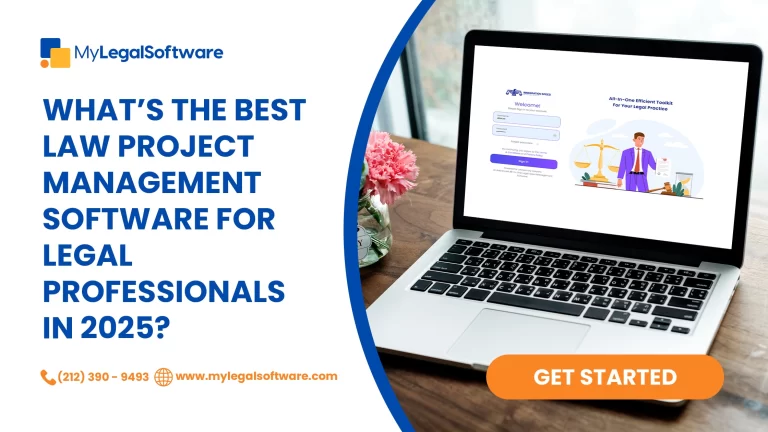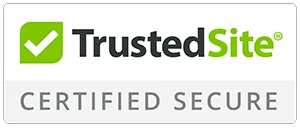Did you know that 85% of law firms believe efficient and effective communication with clients is critical for success? With the rise of technology and the need for instant gratification, staying connected with your clients is more important than ever. That’s where client portals come in! They’re the latest and greatest tool for law firms to enhance client communication.
In this guide, we’ll cover everything you need to know about client portals for law firms, from their importance to how to choose and implement the right one for your firm. So buckle up and get ready to revolutionize the way you communicate with your clients!
What is a Client Portal?
A client portal is a secure online platform that allows law firms to communicate and share information with their clients. It is a centralized location for storing and accessing important documents and data related to a client’s case.
Why do Law Firms need Client Portals?
By using a client portal, law firms can enhance their client experience by providing them with real-time access to their case information, allowing them to track progress, upload and download documents, and communicate with their lawyers anytime, anywhere.
For example, a client portal can allow a personal injury law firm to securely share medical records and bills with its clients or an immigration law firm to share important visa documents with its clients.
What are the Benefits of Client Portals for Law Firms
Secure Communication with Clients
With a client portal, law firms can communicate with clients securely and efficiently while avoiding the risks associated with traditional methods like email or paper correspondence.
Easy File Sharing and Document Management
Client portals make it easy to share files and documents with clients without the need for cumbersome email attachments or in-person meetings. This can save significant time and improve client satisfaction.
Time and Cost Savings
Client portals can save law firms time and money by streamlining communication and document management. For example, sending documents electronically is faster and cheaper than printing and mailing paper copies.
Improved Client Experience
Client portals provide a more convenient and modern experience for clients, which can help to build trust and loyalty. Clients can access their case information and documents at any time from any device, which can help to keep them informed and engaged throughout the legal process.
Features of Effective Client Portals for Law Firms
Strong Security Measures
Effective client portals for law firms must have strong security measures in place to ensure the confidentiality and privacy of the law firm and its clients. This includes data encryption in transit and at rest, two-factor authentication, and regular security audits.
User-Friendly Interface
Client portals should also have a user-friendly interface that is easy for clients to navigate and use. This includes intuitive file management, clear communication channels, and easy-to-access resources and support.
Customization Options
Customization options are also important for effective client portals. Law firms should be able to tailor the portal’s design and features to their specific needs and branding while also providing a personalized experience for clients.
Integration with Existing Tools and Software
Finally, effective client portals should seamlessly integrate with the law firm’s existing tools and software, such as practice management software, document management systems, and billing and invoicing software.
Choosing the Right Client Portal for Your Law Firm
Using a client portal for your business is great, but it only works when it is the right choice to meet your needs. Here are what you should look out for when choosing a client portal:
Evaluating your firm’s needs
Before choosing a client portal, assessing your law firm’s specific needs and goals is important. Consider factors such as your firm’s size, the types of cases you handle, ease of implementation, and the volume of client communication and document management required.
Researching available options
Once you clearly understand your firm’s needs, it’s time to research available client portal options. Look for portals with features and functionality that align with your firm’s requirements.
Comparing features and pricing
As you research various client portals, compare their features and pricing to determine which option provides the best value for your firm.
Making an informed decision
After evaluating your firm’s needs, researching available options, and comparing features and pricing, make an informed decision based on your findings and choose the client portal that best fits your firm’s requirements.
Steps to Implementing a Client Portal in Your Law Firm
Preparing your team and clients for the transition:
Before implementing a client portal, preparing your team and clients for the transition is important. Explain the benefits of the portal, provide training on how to use it, and answer any questions or concerns.
Providing training and support
To ensure a smooth transition, provide comprehensive training and support to your team and clients. Offer ongoing support and troubleshooting as needed to address any issues that arise.
Ensuring compliance with legal and ethical requirements
When implementing a client portal, it’s important to ensure that you are compliant with legal and ethical requirements. Make sure that the portal meets all necessary security and privacy standards.
Measuring and optimizing performance
After implementing a client portal, regularly measure and optimize its performance. Analyze usage metrics to identify areas for improvement and adjust your approach as needed.
Challenges and Solutions for Using Client Portals in Law Firms
Any change comes with challenges, so implementing a new client technology comes with some. Here are some of the common ones you could face:
Resistance to change from clients or team members
One common challenge when implementing a client portal is client and team members’ resistance to change. Address concerns and explain the benefits of the portal to help ease the transition.
Technical difficulties or limitations
Another potential challenge is technical difficulties or limitations with the client portal. Before implementing it, ensure that the portal is fully tested and functional, and offer ongoing support and troubleshooting as needed.
Security and privacy concerns
Client portals involve transmitting and storing sensitive information, so security and privacy concerns are a top priority. Choose a portal with strong security measures and ensure it meets all legal and ethical requirements.
Best practices for overcoming challenges and ensuring success
To ensure success when using client portals in law firms, it’s important to follow best practices such as providing comprehensive training and support, regularly measuring and optimizing performance, and promptly addressing any concerns or issues.
Conclusion
Client portals offer law firms a wide range of benefits, including secure communication with clients, easy file sharing and document management, time and cost savings, and improved client experience. The use of client portals is expected to grow in the coming years, with new trends and innovations emerging to improve their functionality and value further.
If you are considering implementing a client portal in your law firm, carefully evaluate your options and choose one that meets your firm’s needs and goals. MylegalSoftware, an advanced all-in-one legal case management software for general practice attorneys, has the right client portal technology to meet your business needs.
Ready to learn more about how MYLS transforms the legal experience for all? Watch our free demonstration.







